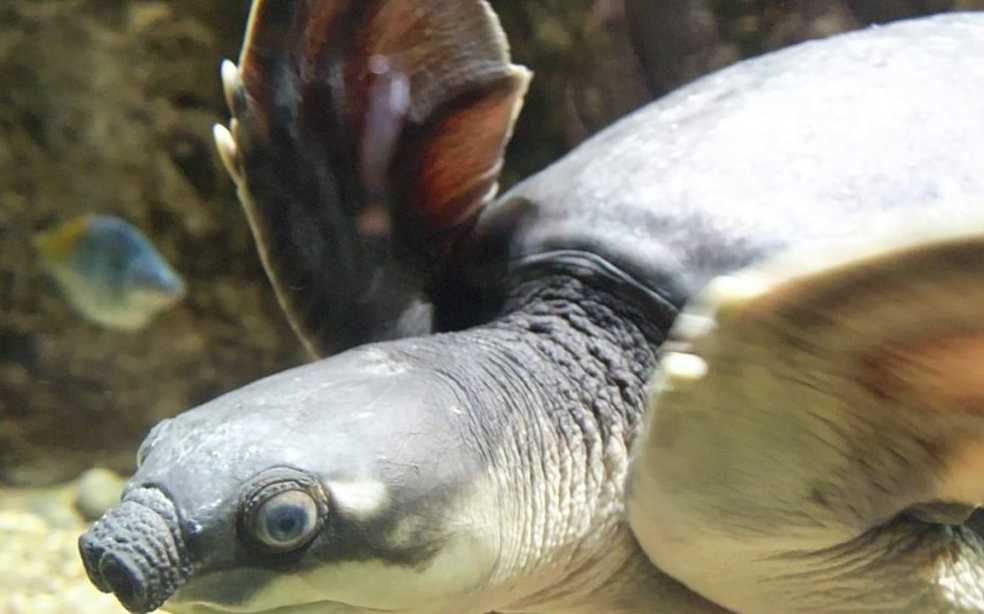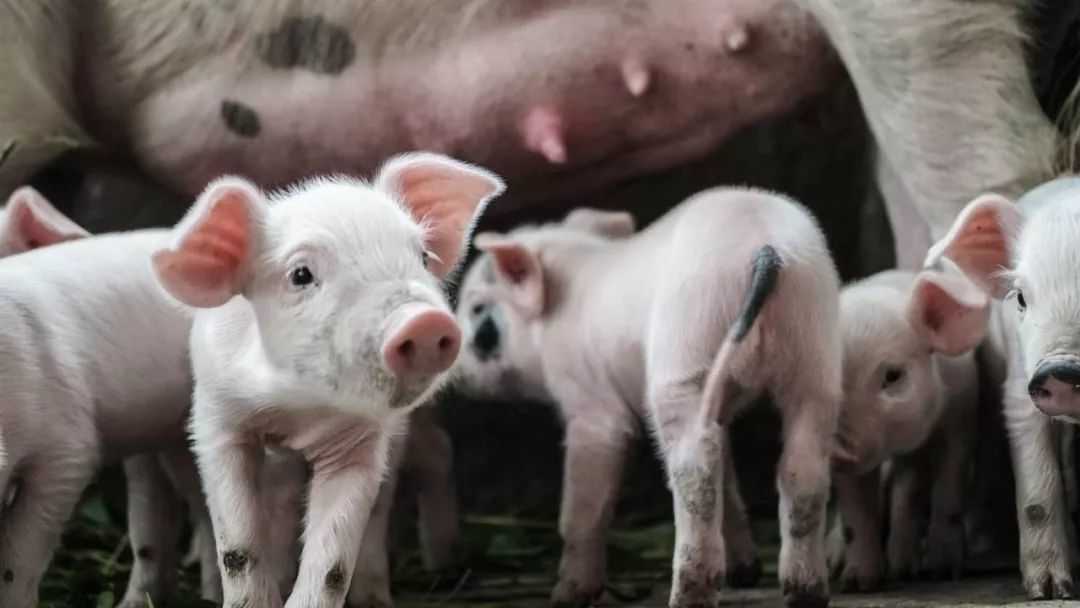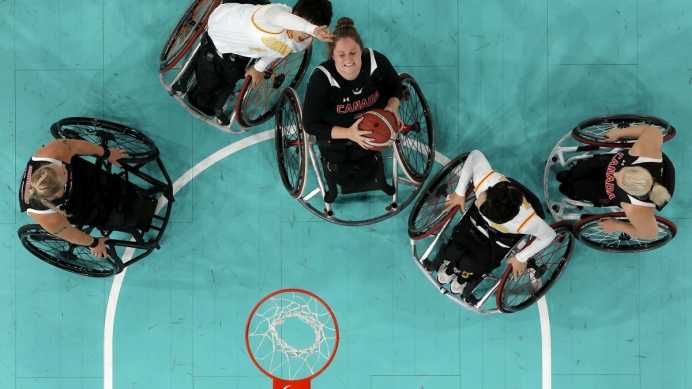
Native to freshwater rivers and lakes in northern Australia and New Guinea, the pig-nosed turtle (Carettochelys insculpta), aptly named for its pig-like snout, stands out among aquatic turtles for its distinctive appearance and paradoxical care requirements. While often praised as a manageable pet for reptile enthusiasts, this species also has a reputation for susceptibility to health issues, making it a fascinating yet challenging creature to maintain.
The pig-nosed turtle’s most defining feature is its fleshy, downturned snout, which resembles a pig’s nose and functions as a snorkel, allowing it to breathe while mostly submerged. Its shell, or carapace, is smooth and leathery (unlike the hard scales of most turtles), ranging from olive to dark brown, and can grow up to 70 centimeters in length. Flipper-like hind legs, adapted for swimming, give it a hydrodynamic profile in water, while its front legs feature claws for digging nests or navigating riverbeds. This unique blend of traits makes it the only surviving member of its family, Carettochelyidae, a relic of ancient turtle evolution.
In captivity, pig-nosed turtles are relatively straightforward to house: they require a large, filtered aquarium with clean, warm water (24–28°C) and ample swimming space. They are omnivorous, feeding on aquatic plants, insects, crustaceans, and commercial turtle pellets, which makes diet planning simple. However, their susceptibility to illnesses—particularly shell infections, respiratory diseases, and vitamin deficiencies—stems from sensitive physiological needs. Poor water quality, inadequate nutrition, or stress from overcrowding can quickly lead to health crises. Unlike many turtles, they are also prone to skin lesions if kept on rough substrates, requiring careful habitat design.
In the wild, pig-nosed turtles face threats from habitat destruction, pollution, and illegal collection for the pet trade. Listed as Vulnerable by the IUCN, their populations have declined due to dam construction, which disrupts nesting sites, and predation by invasive species. In Australia, conservation programs monitor wild nests and promote captive breeding to reduce pressure on wild populations. For hobbyists, responsible ownership means prioritizing veterinary care, maintaining pristine water conditions, and avoiding purchasing wild-caught individuals.
The pig-nosed turtle’s dual nature—easy to care for in theory, yet fragile in practice—highlights the complexity of keeping exotic species. Its pig-like snout and ancient lineage make it a living curiosity, but its health vulnerabilities serve as a reminder that even "manageable" pets require specialized knowledge and dedication. As both a symbol of evolutionary uniqueness and a poster species for responsible reptile care, the pig-nosed turtle underscores the delicate balance between human fascination and the biological needs of Earth’s most unusual creatures.





